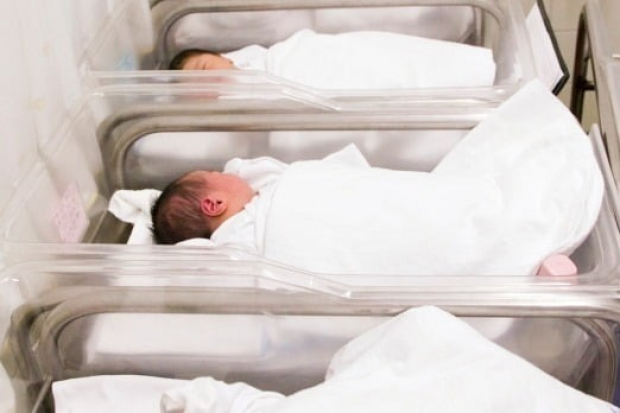Economy
S.Korea’s public spending on maternity, child care falls short of OECD average
Government funds for tackling the low birth rate last year mostly targeted housing costs
By Apr 26, 2023 (Gmt+09:00)
1
Min read
Most Read
LG Chem to sell water filter business to Glenwood PE for $692 million


Kyobo Life poised to buy Japan’s SBI Group-owned savings bank


KT&G eyes overseas M&A after rejecting activist fund's offer


StockX in merger talks with Naver’s online reseller Kream


Mirae Asset to be named Korea Post’s core real estate fund operator



South Korea’s government budget for tackling the nation's low birth rate has risen to 2.25% of GDP, but housing support accounts for a major portion. The share of childbirth and other related funding such as childrearing allowances, however, is below the average of the Organisation for Economic Co-operation and Development (OECD).
At a major forum on national issues held Tuesday at the National Assembly in Seoul, the National Assembly Budget Office released a report on the status and analysis of fiscal projects to tackle the low fertility rate. The budget for this purpose ballooned from 2.1 trillion won ($1.5 billion) in 2006 to 51.7 trillion won last year.
Of this amount, 23.4 trillion won or 46.1% went toward housing support and 15.4 trillion won toward housing purchases, lump-sum home rentals and public rental loans.
"Housing support is creating the optical illusion that the budget for tackling the low birth rate is larger than it actually is," the office said. “The average annual income of a newlywed couple is 78.8 million won, but the income cutoff to get housing support is under 70 million won, so the focus of assistance targets not newlyweds but the lower-income class."
The share of childcare allowances and infant care support, two programs deemed effective in directly raising the birth rate, was relatively small. Last year, the "family budget" accounted for 1.56% of GDP, substantially lower than the OECD average of 2.29%.
Write to Kyung-Mok Noh at autonomy@hankyung.com
More to Read
-
 Culture & TrendsHigh- and low-income S.Koreans alike reluctant to have babies: Survey
Culture & TrendsHigh- and low-income S.Koreans alike reluctant to have babies: SurveyApr 18, 2023 (Gmt+09:00)
3 Min read -

-
 EconomySouth Korea's total fertility rate falls under 0.8 in 3rd quarter
EconomySouth Korea's total fertility rate falls under 0.8 in 3rd quarterNov 23, 2022 (Gmt+09:00)
1 Min read -
 EconomyS.Korea forecast to have world's oldest population by 2070
EconomyS.Korea forecast to have world's oldest population by 2070Sep 06, 2022 (Gmt+09:00)
2 Min read
Comment 0
LOG IN


